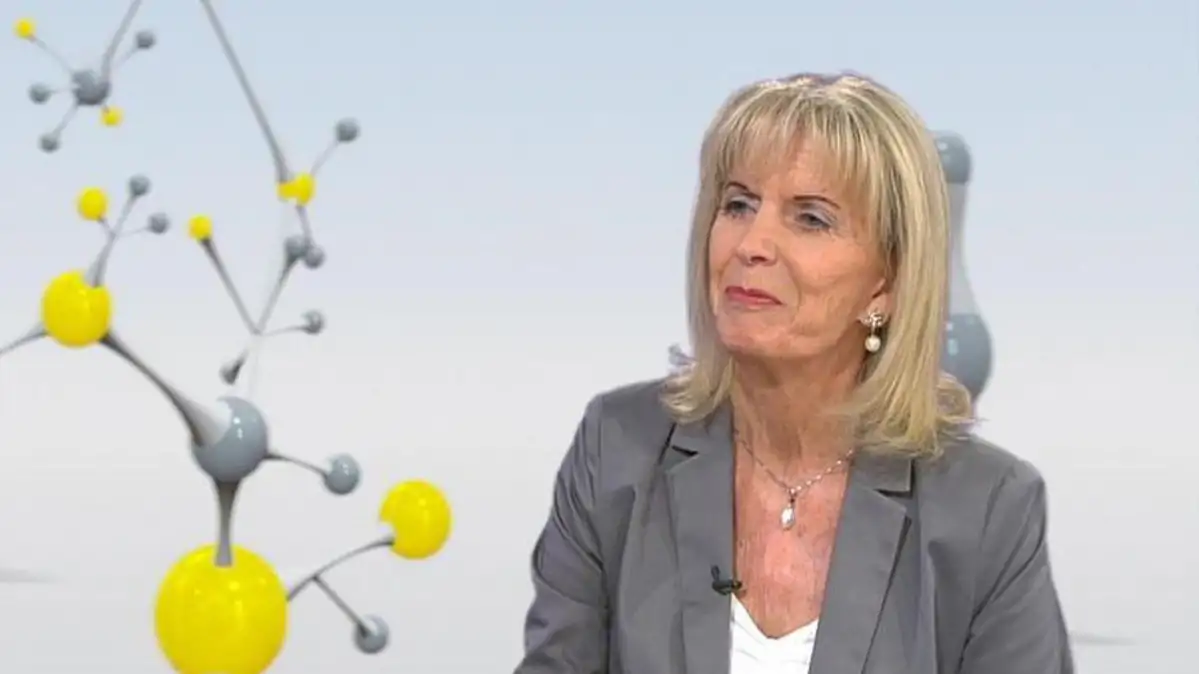Language Acquisition - how and when do we learn to talk?

This browser does not support the video element.
DW: Angela Friederici, your research focuses on babies and how they acquire language. How soon does this process actually start?
Angela D. Friederici: It starts very early. Actually, we can see already in the early cries of infants that they obviously have perceived the different mother tongues. That is, for example German versus French, because the cries of these babies at the age of two days is different.
How do you know that they are already starting to learn language, if they haven't started to speak yet?
The interesting thing is that German and French are very different in the intonational patterns: German has the stress in a two-syllable word on the first syllable, and French has it on the second one, so: Máma, Pápa, versus Mamán, Papá. When we look at the intonational curves of the cries, they look accordingly.
And what about measuring those language abilities in babies before they speak? What methods do you use?
Already by the age of two months, you can use the event-related brain potential that is putting those electrodes on the head of the infant. And then, you present different stimuli and you see sort of how they react. So you can show that, already by the age of four months, infants can learn words to go with a particular object they have seen.
Already at four months - that's amazing. Now, you have done a really interesting experiment with young babies and exposing them to Italian. Can you tell us a little bit about this project?
This project was interesting in so far that one either sort of language syntax - that is the grammar of a language - comes very late, that is by the age of two years. However, what we could show is that those young infants at the age of four months were able to acquire the relation - a grammatical relation between an auxiliary and a verb ending. For example, like in English 'is running', so after 'run' you have the 'I-N-G' in order to sort of make this correct. So we were presenting correct sentences to those infants for three and four and five minutes.
And they never had Italian before.
They never had Italian before. And then they listened to correct and incorrect sentences and they showed us in their brain waves that they are able to distinguish the correct ones from the incorrect ones.
Now what about bilingual children? How did they manage to learn two languages, where another child will learn just one, and is it a process that is quite slow, or is it as fast as a child that would learn one language?
The best situation is when the child has a communication partner in one language, say mother in one language and the father in the other language, so then the child will never mix up the languages. When you ask if it takes more time - it does take more time only in the sense that you have to learn more words, because, you know, you're going to learn two languages. So it takes a bit more time to learn the number of words, but when you sort of count those together from, say, English and German, it is the same amount as another child that only has one language - has learned in the same time.
(Interview: Anne O'Donnell)